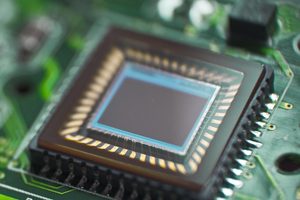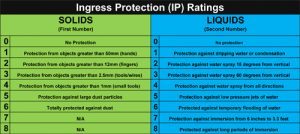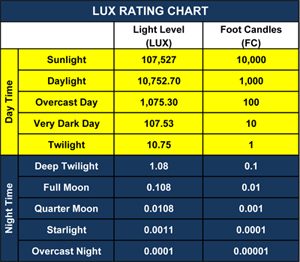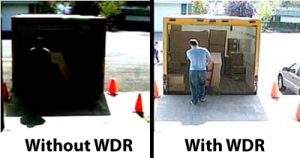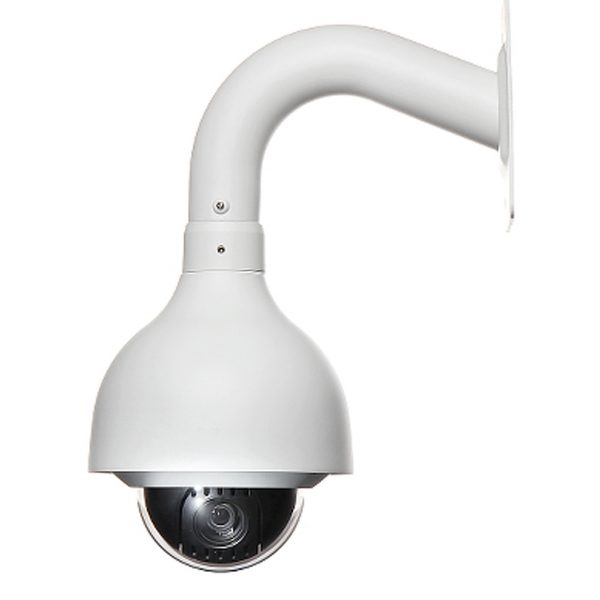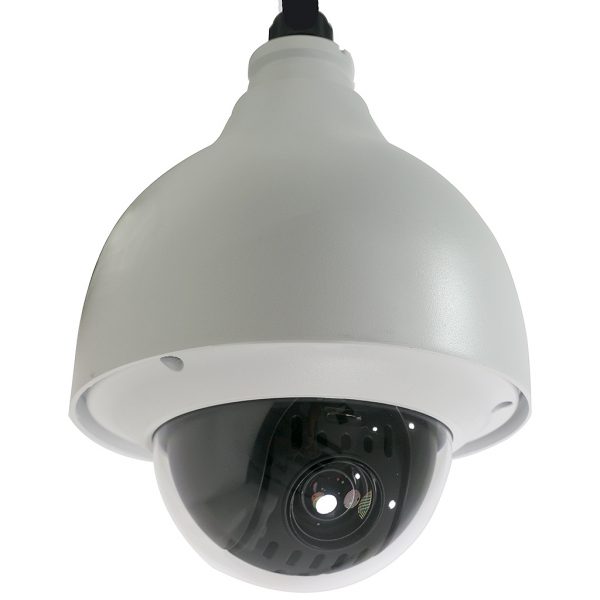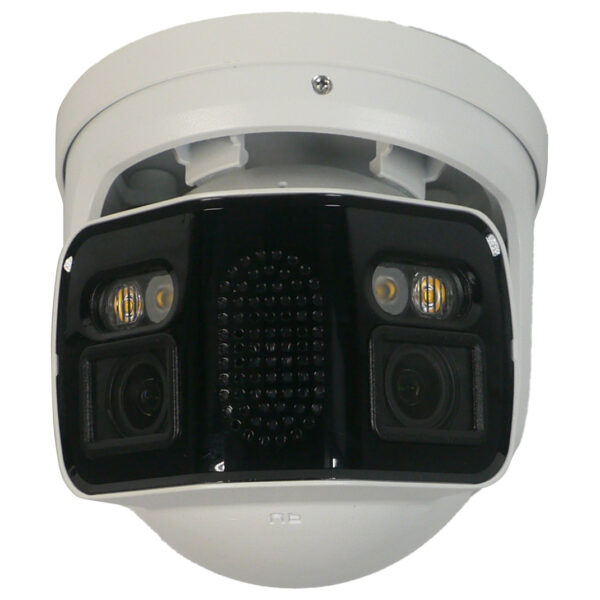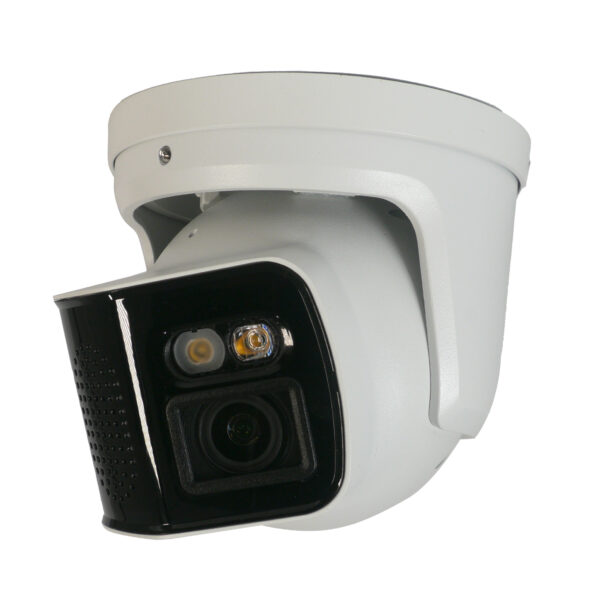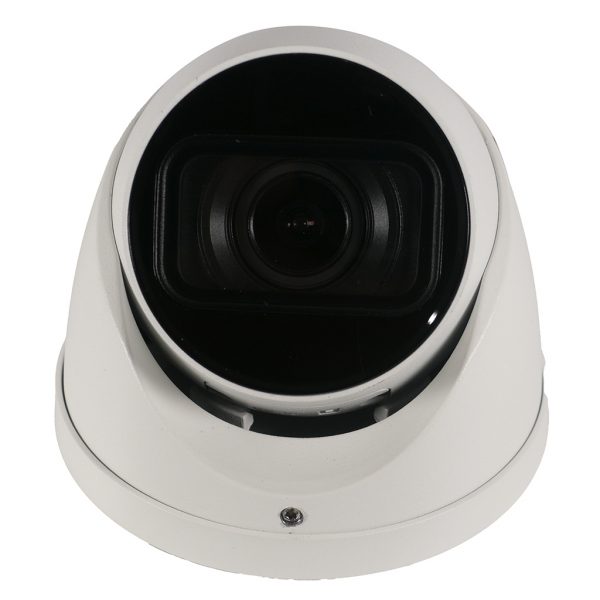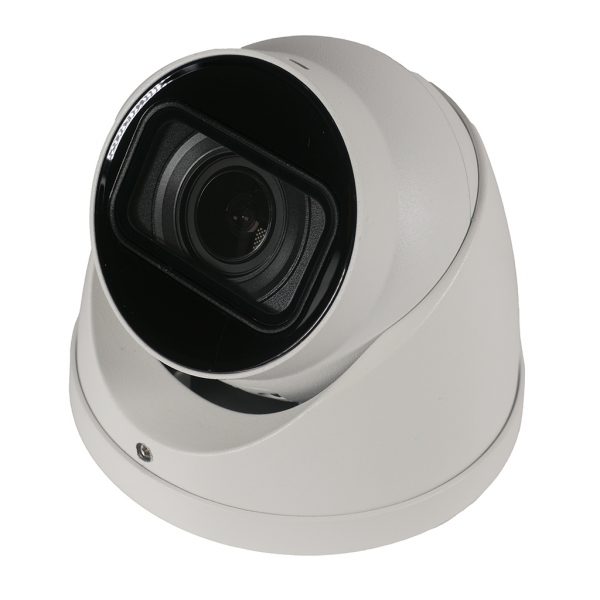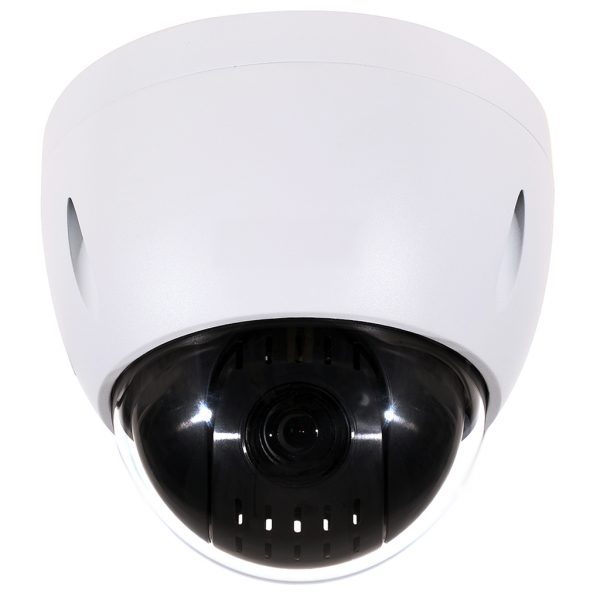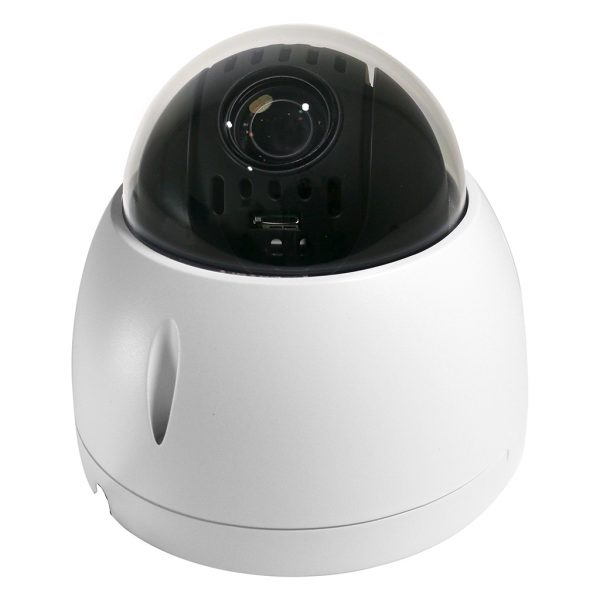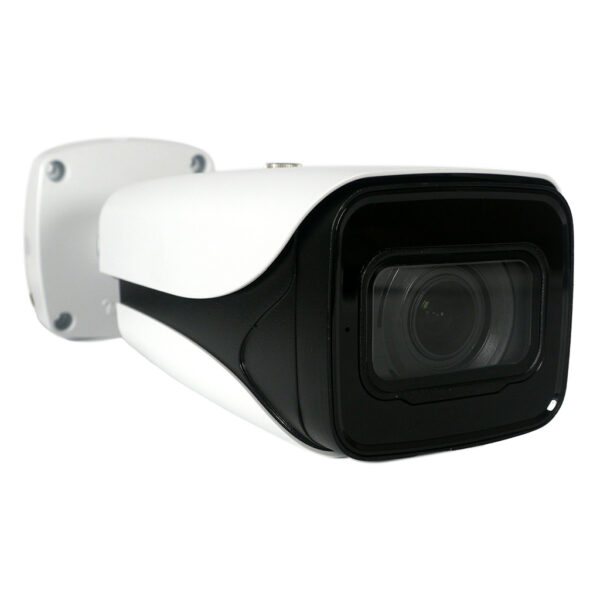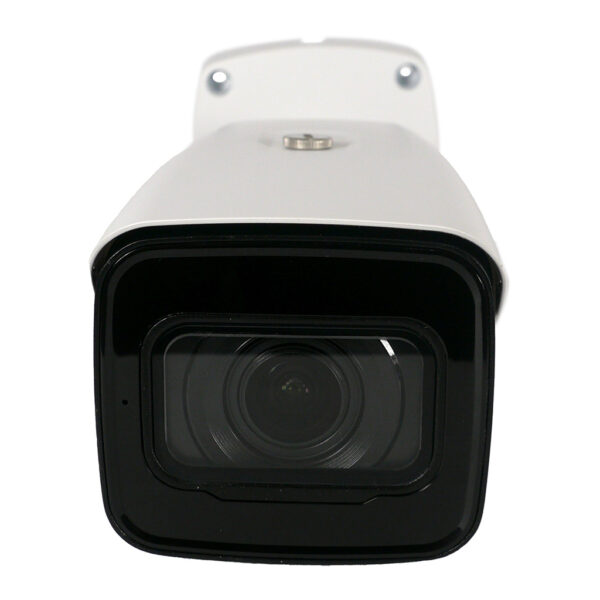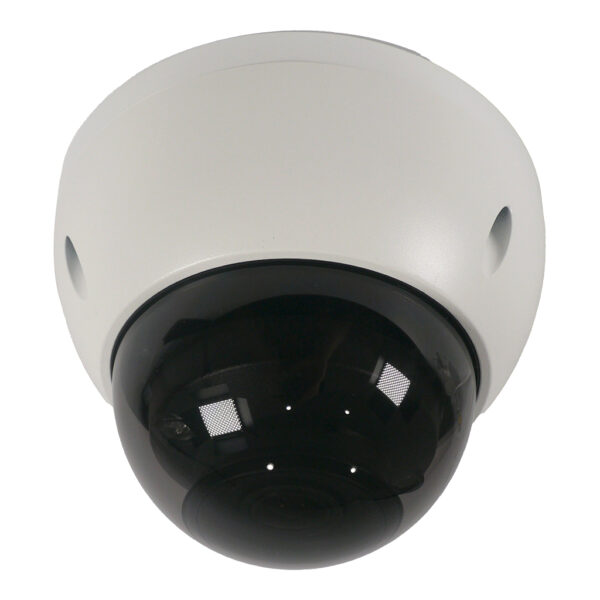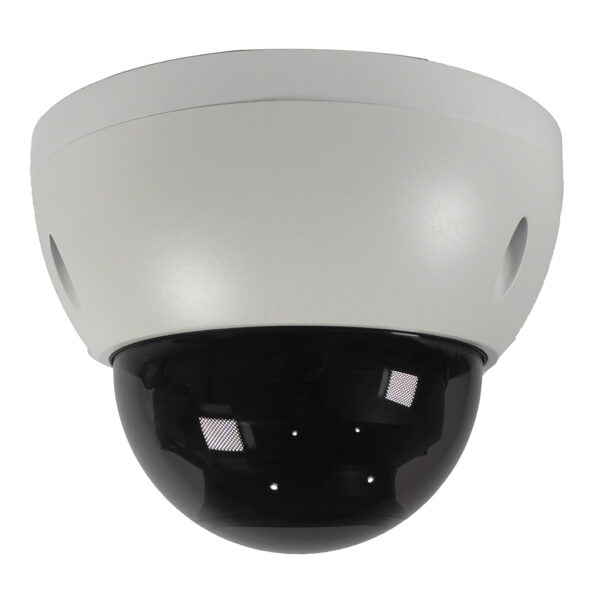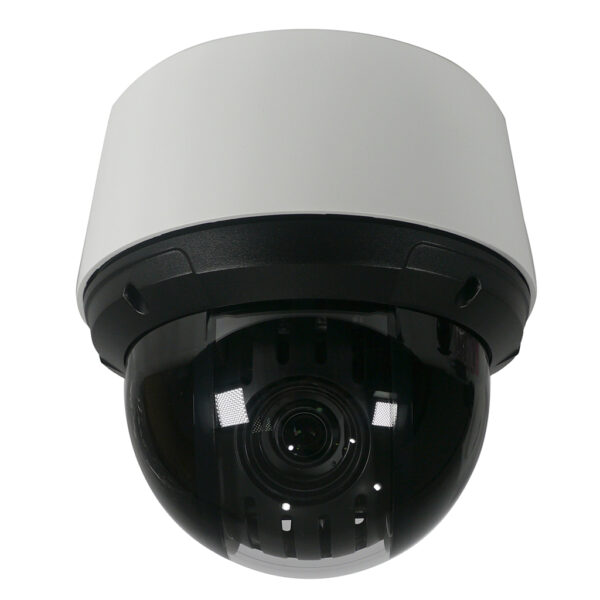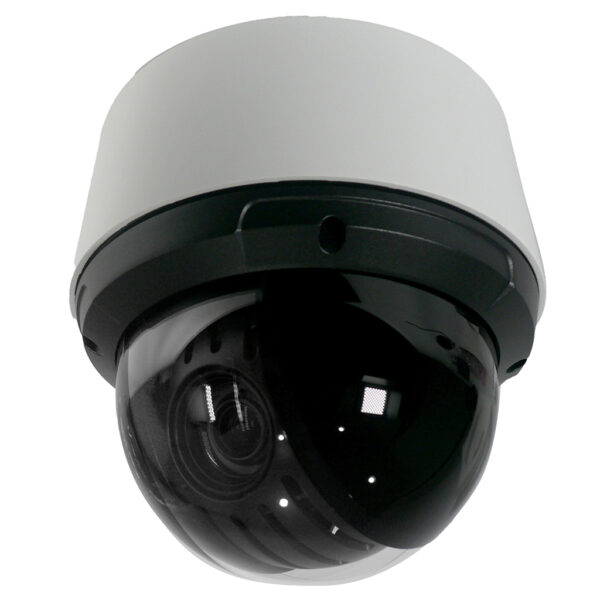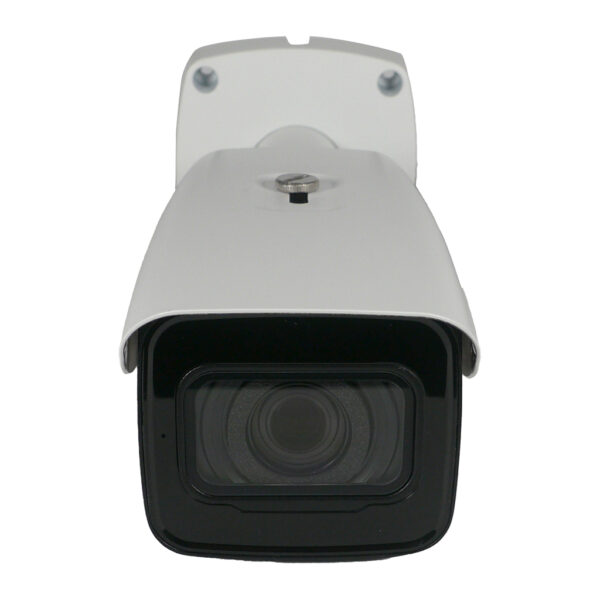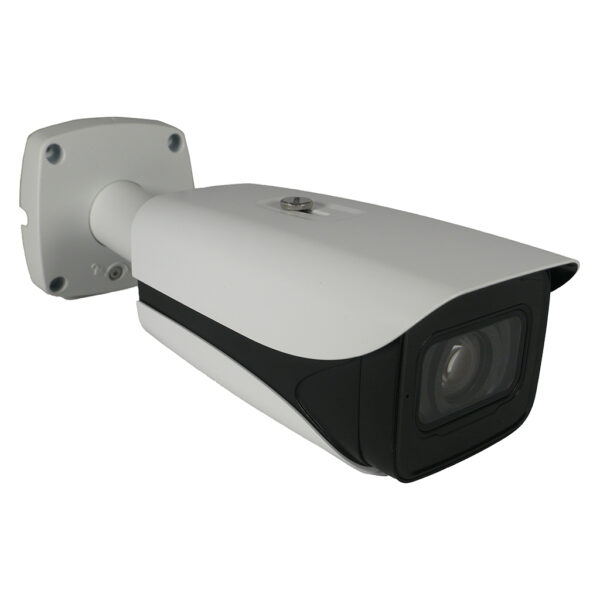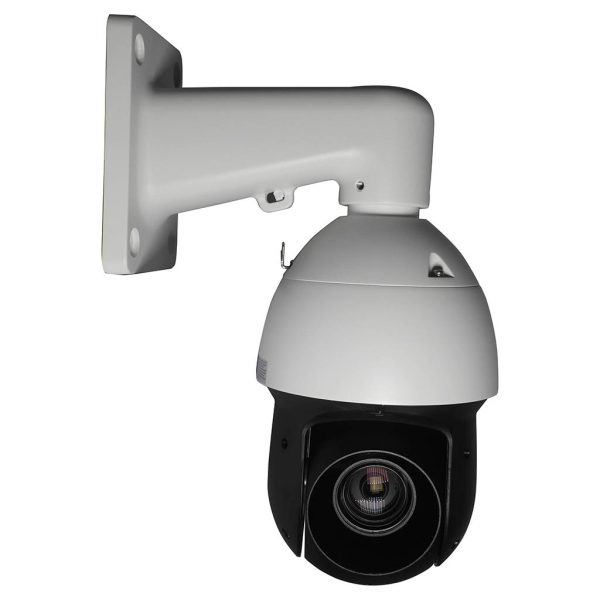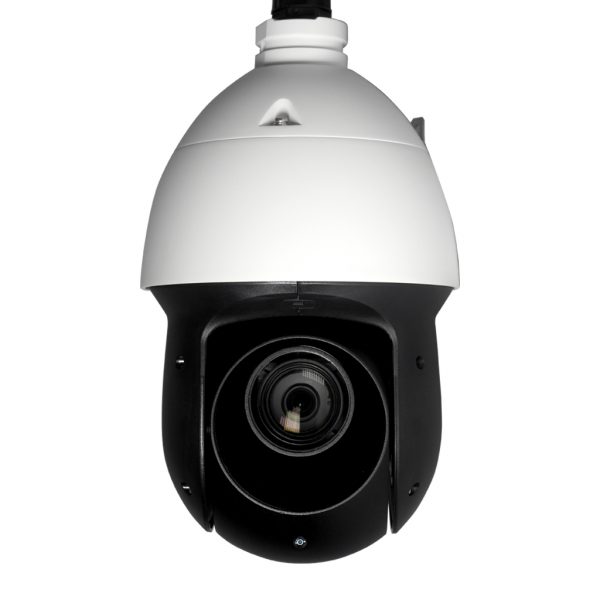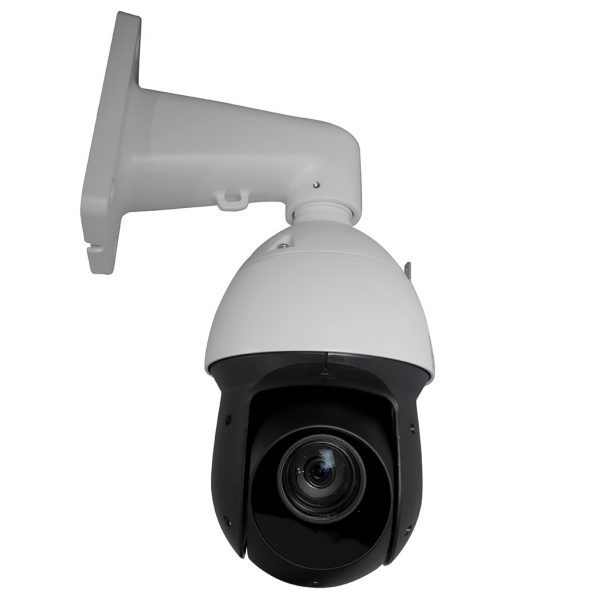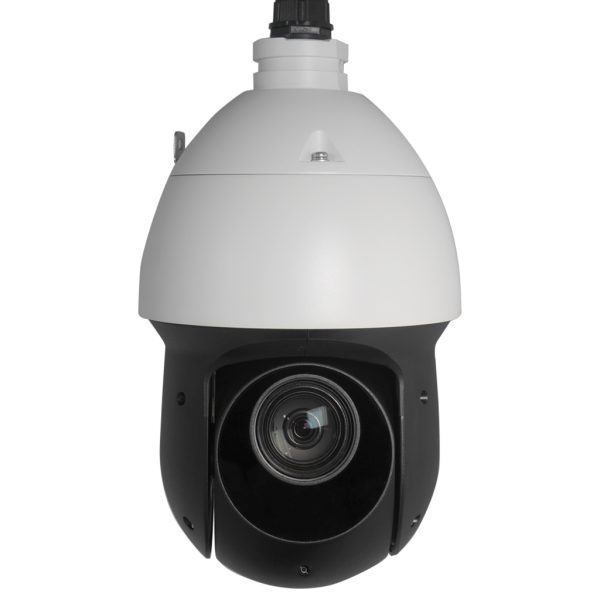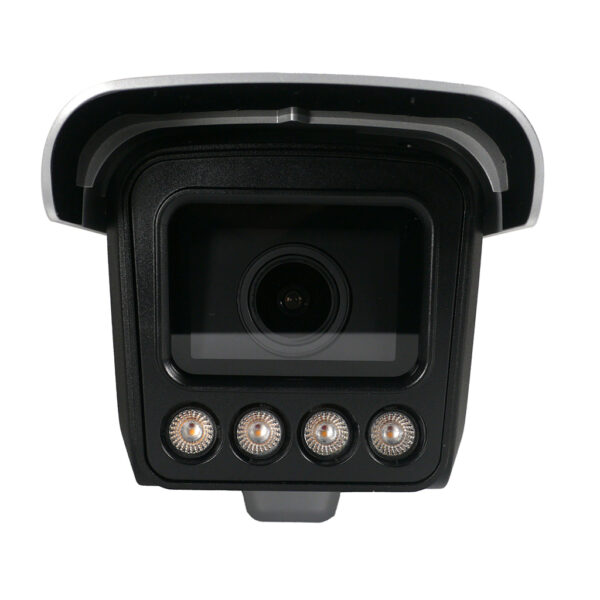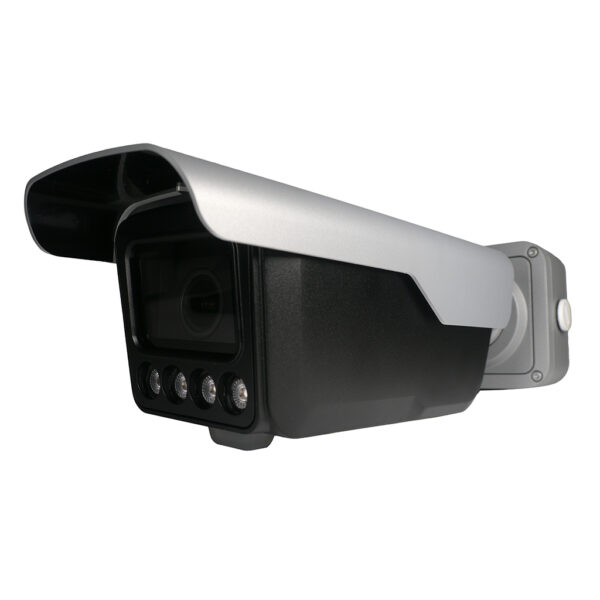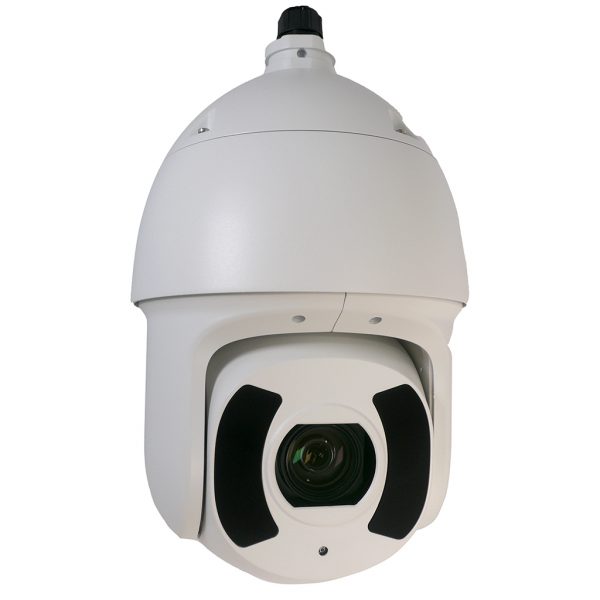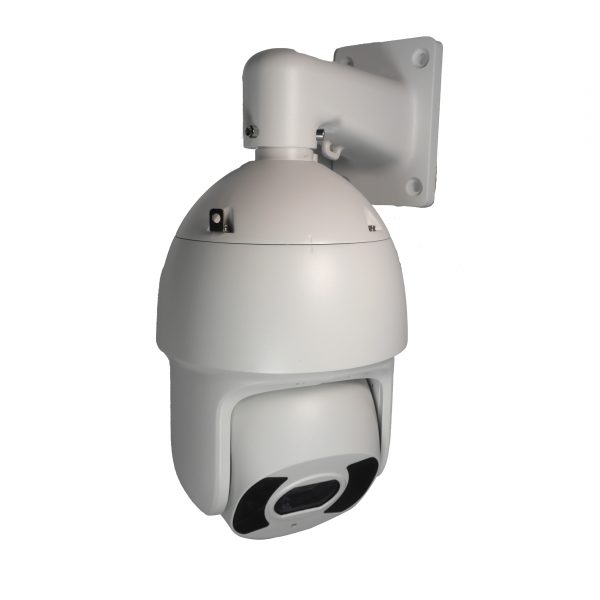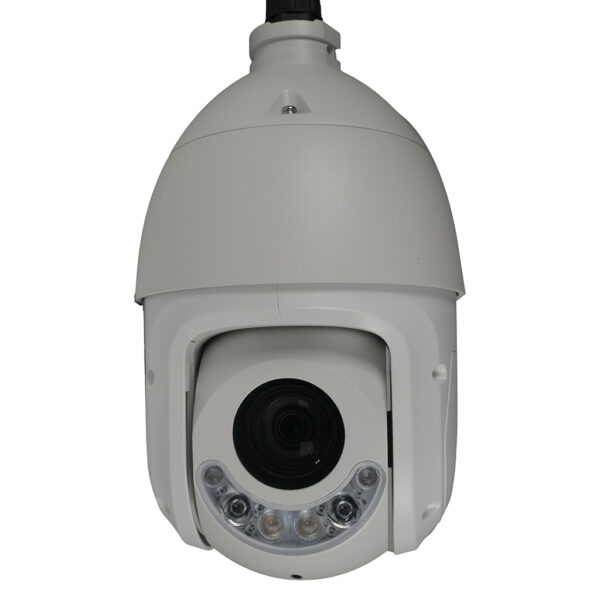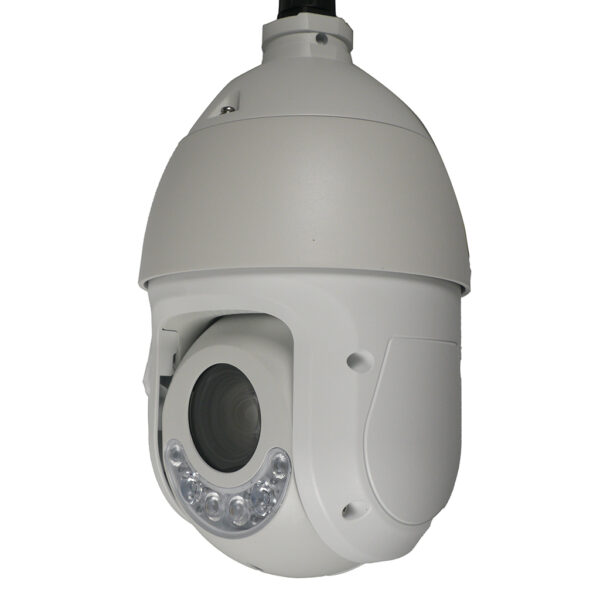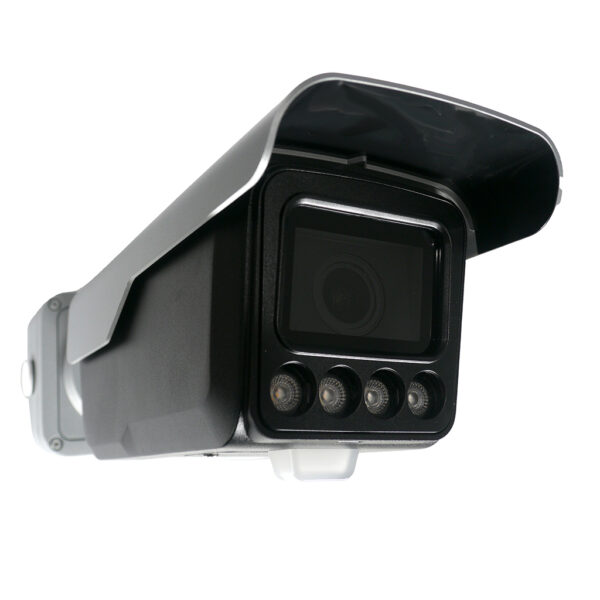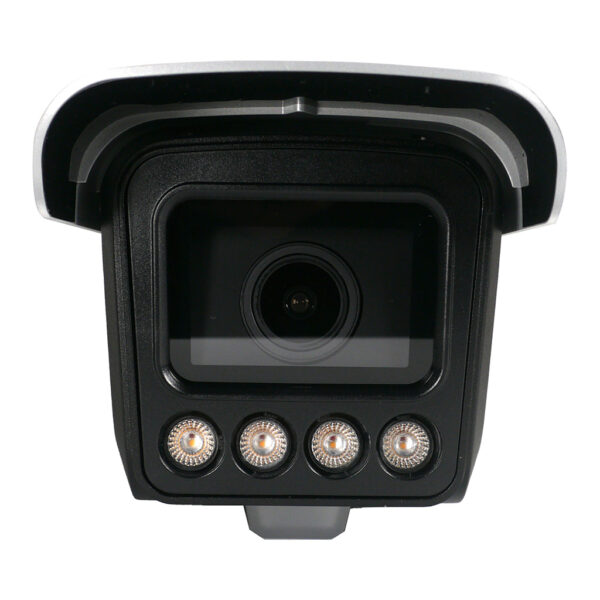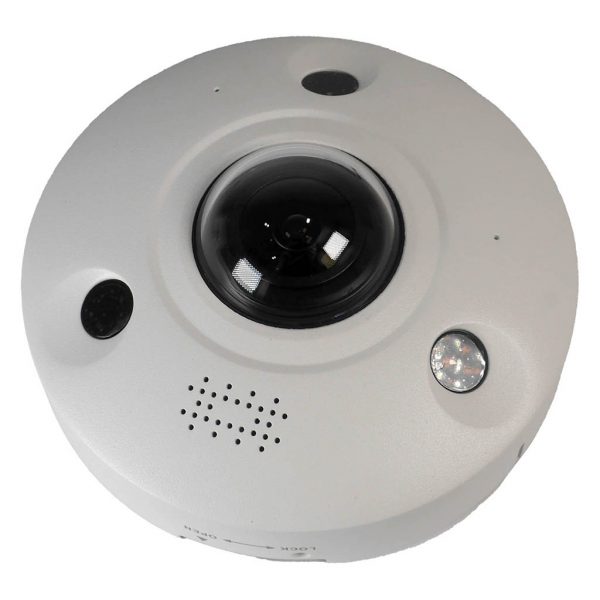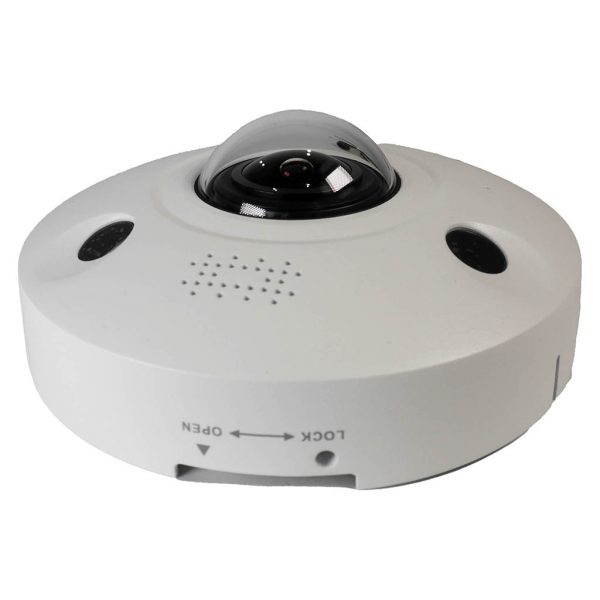1. What types of security cameras do you offer?
We offer a wide range of security cameras, including:
- HD Security Cameras: High-definition cameras for clear video quality.
- IP Security Cameras: Network-based cameras with resolutions up to 12MP.
- Bullet Cameras: Long-range cameras for outdoor and indoor use.
- Dome Cameras: Compact, discreet cameras for indoor or outdoor use.
- PTZ Cameras: Cameras with pan, tilt, and zoom functionality.
- Hidden Cameras: Covert cameras for discreet surveillance.
- License Plate Cameras: Designed to capture license plates, even in low light.
2. What is the difference between IP cameras and analog cameras?
- IP Cameras: Transmit video over a network, offering higher resolution and advanced features like remote access.
- Analog Cameras: Use coaxial cables, offering reliability and cost-effectiveness but with lower resolution compared to IP cameras.
3. What resolution options are available for your cameras?
Our cameras range from
2MP (1080p) to
12MP (4K and higher). Higher resolutions provide more detailed images, which is ideal for clear identification and wide-area coverage.
4. Are your cameras compatible with any DVR or NVR?
Compatibility depends on the camera series:
- HD Cameras work with HD DVRs.
- IP Cameras are compatible with NVRs.
We recommend matching cameras with recorders from the same series (e.g., Sibell or Elite) for optimal performance.
5. Do you have cameras suitable for outdoor use?
Yes, we offer weather-resistant cameras with
IP66/IP67 ratings that are designed to withstand rain, dust, and extreme temperatures.
6. Do your cameras have night vision?
Most of our cameras feature
infrared (IR) night vision, allowing them to capture clear footage in complete darkness. Some cameras also offer
full-color night vision using built-in LEDs.
7. Can I access my security cameras remotely?
Yes, all our IP cameras and recorders support remote access via mobile apps or web browsers. You can view live streams, playback footage, and adjust settings from anywhere with an internet connection.
8. What features should I look for in a security camera?
Consider the following features based on your needs:
- Resolution: Higher resolution for detailed footage.
- Night Vision: Infrared or full-color night vision for low-light conditions.
- Field of View: Wide-angle lenses for larger areas.
- Audio: Built-in microphones for audio recording.
- PTZ Functionality: Pan, tilt, and zoom for dynamic monitoring.
- Storage Options: Onboard storage or NVR/DVR compatibility.
9. What is Power over Ethernet (PoE), and do your cameras support it?
PoE allows cameras to receive power and data over a single Ethernet cable, simplifying installation. Many of our IP cameras are PoE-compatible and can be easily integrated into a PoE network.
10. Do you offer warranties and technical support for your cameras?
Yes, all our cameras come with a
warranty (typically 1-3 years) and
free technical support. Our team can assist with setup, troubleshooting, and system optimization.
11. Do you have cameras that can detect motion or specific objects?
Yes, some of our advanced IP cameras offer features like:
- Smart Motion Detection: Detects movement and reduces false alarms.
- Object Detection: Recognizes specific objects, such as vehicles or packages.
- Perimeter Protection: Detects breaches in specific zones.
12. What is the difference between bullet and dome cameras?
- Bullet Cameras: Long and cylindrical, ideal for outdoor use due to their range and visibility.
- Dome Cameras: Compact and discreet, often used indoors or in areas where vandal resistance is important.
Security Camera Terminology
Sometimes the terms that are used when describing the specifications of security cameras can be confusing. Here are some common terms associated with surveillance cameras and their definitions. As always, if there are any features or specifications that you don't understand on any of our surveillance cameras, please give us a call. We are happy to help you!
Analog Cameras: Most security surveillance cameras are analog. This means that, although they digitally process the images into video, they then transmit the video in analog over coax or Siamese cable. The advantage to analog is that it can be transmitted over long distances and then reconstituted back into digital video at the receiving end.
IP Cameras: Some cameras transmit their video over IP based networks. These are considered IP or network cameras. They can be easily integrated into an existing network infrastructure, although the impact on the existing bandwidth must be analyzed before doing so. For larger security surveillance installations using IP cameras, a separate network should be configured due to the bandwidth intensive nature of these cameras. There is also a limitation of 100 meters or approximately 300 feet that a network cable can be run.
Auto Iris: This term refers to the capability of a camera to open or close the iris of the lens depending on the lighting conditions. Just like the human eye, when exposed to bright light, the iris closes to keep from being blinded. And in low light conditions, the iris opens wide to allow as much light as possible to enter. The animation below illustrates how the iris functions.
Back Light Compensation: A good camera is always trying to capture as much detail as possible in a scene. Sometimes the light is behind the object that needs to be seen, causing the object to appear too dark to recognize. In this case, the camera "compensates" for this lighting condition and adjusts itself so that the objects in the foreground are not silhouetted and can be recorded.
CCD: In a human eye, this would be the retina. CCD stands for Charged Coupled Device. This is the electronic device inside the camera that detects the light coming into the camera and coverts it to an image to be processed and recorded. The image below shows a typical CCD used in surveillance cameras.
Day/Night: A day/night security camera is a camera that has the capability of automatically switching between day and night modes of operation. A standard day/night surveillance camera records in color during the day and uses software to filter out unwanted infrared light. At night, the camera switches to black and white and stops filtering out the infrared light. This allows you to use infrared illuminators to provide additional illumination in areas that are dark at night. A
TRUE day/night camera is a more advanced type of day/night camera that uses an
IR Cut Filter to provide the day/night functionality. Using an
IR Cut Filter allows the camera to produce a much cleaner and brighter image in both day and night mode.
DNR: An inherent problem with all digital video is noise. The causes of the noise can range from scattered lighting to internal electronic signal interference. Because noise can be a problem, some cameras implement DNR or Digital Noise Reduction in their
DSPs. DNR processes the video using an algorithm that, first determines which signals are noise, and, second, removes those signals. The result is a much clearer picture, especially in low light situations where noise is particularly problematic. For DVRs that are recording motion events, DNR reduces the incidents of false motion as noise can be interpreted as motion in some cases. This can significantly increase DVR storage capacity.
Dual Voltage: Security cameras are normally powered with one of two different voltages. Most security cameras are 12VDC, some cameras accept 24VAC, but the most sophisticated security cameras are dual voltage and can be powered with either 12vdc or 24vac. This makes installing security cameras much easier. 12VDC can be run for shorter lengths because of voltage drop that occurs when running low voltage cables. 24VAC can be run much longer distances or over a thinner gauge wire.
DSP: At the heart of all security cameras is the DSP or Digital Signal Processor. This is the component of the camera that receives the data from the
CCD and puts it together into a video frame. The DSP also performs any video per-processing such as
digital noise reduction or WDR functions. A high quality DSP makes a big difference in the quality of the images produced by the camera.
TVL: The resolution of the camera
CCD is measured in TVL. This is the physical number of horizontal lines of light detecting cells on the
CCD. The higher this number, the better the image quality. This is because, with more lines of detectors, more information can be obtained from the scene. In all cases, higher TVL equals better image quality. This number is not related to the recording resolution of the DVR.
IP Rating: Ingress Protection (IP) rating classifies the degree of protection provided against the intrusion of solid objects (including body parts like hands and fingers), dust, and water. Usually this is written as "IP 67" or "IP 65", etc. You can use this number to determine if a particular camera is rated properly for use in which you need it. The chart below lists the various IP ratings available.
IR Cut Filter: An IR Cut Filter is used in all true
day/night surveillance cameras. This filter sits in front of the CCD during the day and blocks stray infrared light from entering the camera which distorts the image and causes the color to be displayed incorrectly. During the night, the filter is mechanically moved out of the light path to allow ALL light to enter the camera, including infrared light This allows the camera to see more in lower light and also to take advantage of any infrared illuminators you may be using to provide additional IR lighting.
Infrared: Refers to a wavelength of light that is outside the range of the human eye. This light is categorized into three categories; near, mid and long. Most CCDs used in security cameras are sensitive to near-infrared light and filter out this light using either a software filter or an
ICR Cut Filter. Depending on the type of filter used, and the application of the camera, some infrared light can be allowed to enter the camera in order to lower the
LUX rating of the camera and allow it to see better in lower light conditions.
LUX: Quite simply, LUX is a measure of the intensity, as perceived by the human eye, of light hitting or passing through a surface. The LUX rating of the camera is a measure of the lowest light in which this camera produces a humanly perceptible image. Each camera design can have different LUX ratings due to different filters use, camera body design, and the type of
CCD used. The chart below shows examples of various LUX levels for comparison.
OSD: Most cameras simply gather images for the DVR to process. However, some of the more advanced cameras have built-in functionality that performs some image processing such as
noise reduction before it gets to the DVR. Most of those cameras have an OSD, or On-Screen Display. This is a menu system that is displayed on the surveillance system monitor and is generated from the camera. It is used to change settings and perform various other adjustments to the way the surveillance camera handles the image processing.
Varifocal : On the most basic level, a camera has a lens that gathers light for the security camera. Most of the time this lens has a fixed view that cannot be adjusted. This is known as a fixed lens. A more advanced type of surveillance camera lens can be adjusted to allow more flexibility in the view that the camera sees. This type of lens is called Varifocal a varifocal lens. It can be "zoomed" in and out to the limits of the design of the lens. Some lenses are designed for a large range, while others allow for only small adjustments.
Megapixel Security Cameras: There are basically two types of security cameras. They can either be analog CCTV security cameras which are the most common, or network IP security cameras. CCTV security cameras are normally connected to the recording device (DVR) with coaxial cable and the connection is from the security camera directly to an input of the DVR. IP Network security cameras are simply connected to the existing network infrastructure either wired or wirelessely. The recording device (NVR or Network Video Recorder) is able to receive the video stream from the IP camera over the network without a direct connection to the security camera itself. This can often make installation easier and use much less cable. IP cameras are available in various resolutions. The highest resolution IP cameras are Megapixel IP security cameras. These surveillance cameras usually use a CMOS sensor rather than a CCD and are capable of providing much higher resolution than standard CCTV security cameras. While Megapixel security cameras are usually more expensive than standard surveillance security cameras, because of the increase in resolution one Megapixel security camera can often do the job for several CCTV cameras.
Neutral Density Filter: A common issue when installing a varifocal security camera is that during the day the security camera appears to be focused, but at night the CCTV camera seems to be out of focus. This is sometimes referred to as Focus Shift. This problem occurs because when you focus the camera outdoors during the day, the auto iris is constricted to block out some of the light. Attempting to focus a security camera in this bright light condition will cause the image to be out of focus at night if there is no light present. At night, the Iris is in the fully open position to allow as much light as possible to enter the CCD. This causes the image to be out of focus. There are four possible solutions to this focus problem. You can focus the camera indoors before mounting outside. Choose a focal point that is approximately the same distance as the outdoor focal point will be, then mount the camera after the focus is complete. The next option, you can mount the camera and go back at night to focus the camera in the low light environment. Option 3, you can add either infrared or natural light to the camera view to maintain a bright lit area at night. Lastly, many CCTV technicians will use a neutral density filter. For a color camera you will use an ND1 filter, for black and white cameras you might choose an ND3 filter. You will mount the camera outdoors, but place the neutral density filter in front of the lens while focusing the security camera. This will cause the Iris to open to compensate for the lower light environment, but will still allow you to focus on your focal point.
POE: Many IP cameras can be powered with POE (Power Over Ethernet). There are often distance limitations to power a security camera by this method. POE is an attractive method of power because typically a single Ethernet cable can be used to provide power and video to a Megapixel or IP Security Camera. Normally, POE will require the use of a POE switch or POE injector.
PTZ Security Camera: A PTZ (Pan-Tilt-Zoom) security camera has a built in motor that allows the user to control the security camera Pan, Tilt and Zoom from the DVR or from a connected PTZ keyboard or joystick. PTZ security cameras are usually available with a variety of lenses that can be controlled automatically. Typically you will find 10X, 22X, 23X, 27X or 36X PTZs. The higher the magnification, normally the bigger the lens. Zoom capability can be from one of two methods. Optical Zoom is the highest quality and is performed by the lens itself. For example a 10X PTZ might have a 3.8-38mm lens. The other method of Zoom is digital zoom. Digital zoom is performed by the DSP (Digital Signal Processor) of the security camera. Since this is done digitally, there will be some pixillation and degradation of the quality of the video that has been processed. Most PTZ security cameras today use a combination of both methods.
WDR: A Wide Dynamic Range (WDR) surveillance camera is a type of camera that is used where the scene being recorded has an extremely wide range of lighting conditions occurring simultaneously. An example of this would be in a dimly lit office with bright sunlight streaming in through the window. A normal camera will see the office as being totally dark, while seeing only a bright white spot where the window is. A WDR camera takes two images of the scene for every frame of video. The first image is taken to optimize the cameras ability to see the dimly lit areas, and the second image is adjusted to accommodate the bright light. These two images are then combined together in the camera's
DSP on the fly to produce an image that can be recorded clearly. The image below demonstrates a WDR surveillance camera in action.
White Balance: White balance (WB) is the process by which a security camera ensures that objects which appear white in person are recorded in white on your DVR. A security camera that has Auto White Balance (AWB) is able to determine the correct light level for a scene and deliver an image where the whites are truly white, and the black is as dark as it should be. This is an internal processing feature of the camera and is done in the camera's
DSP before it gets to the DVR.

